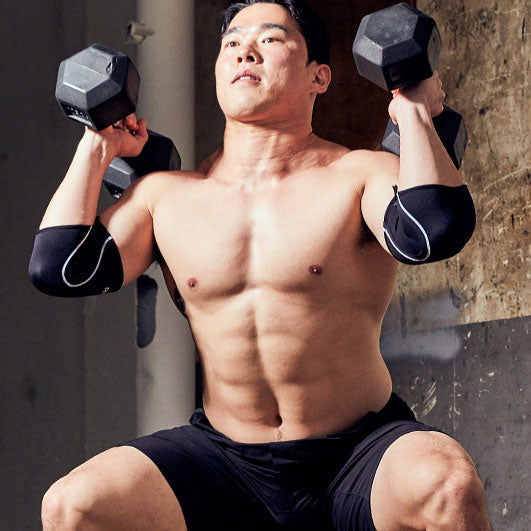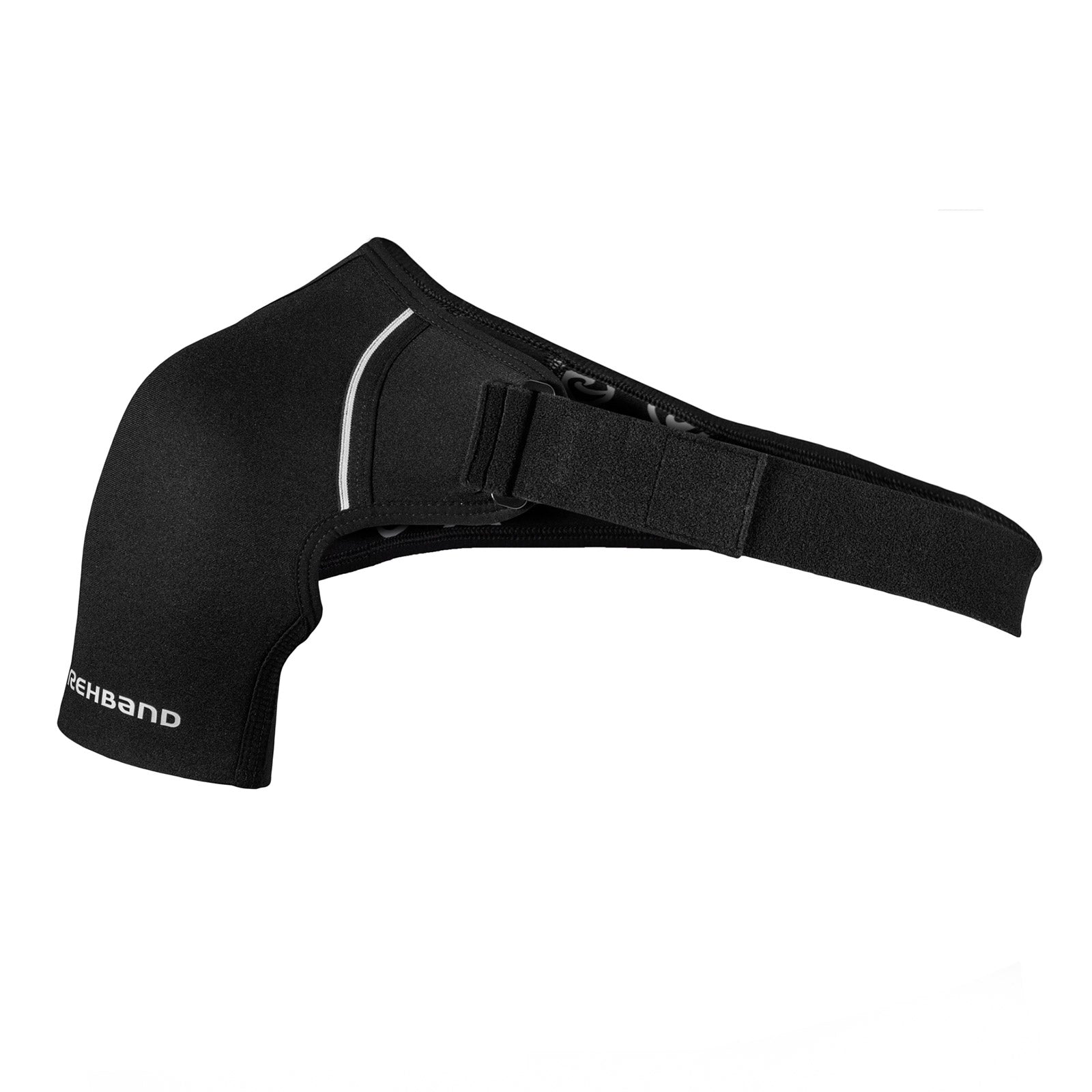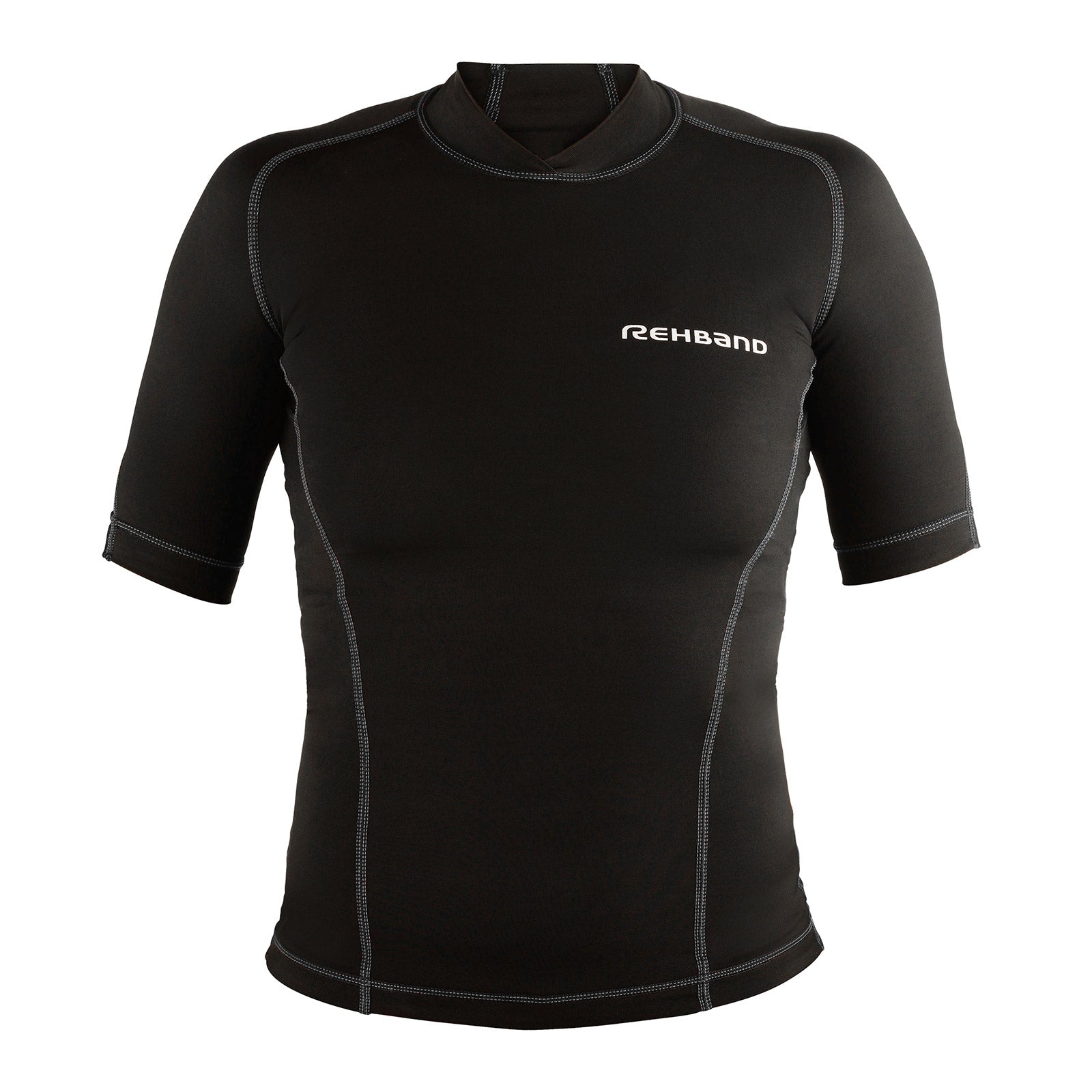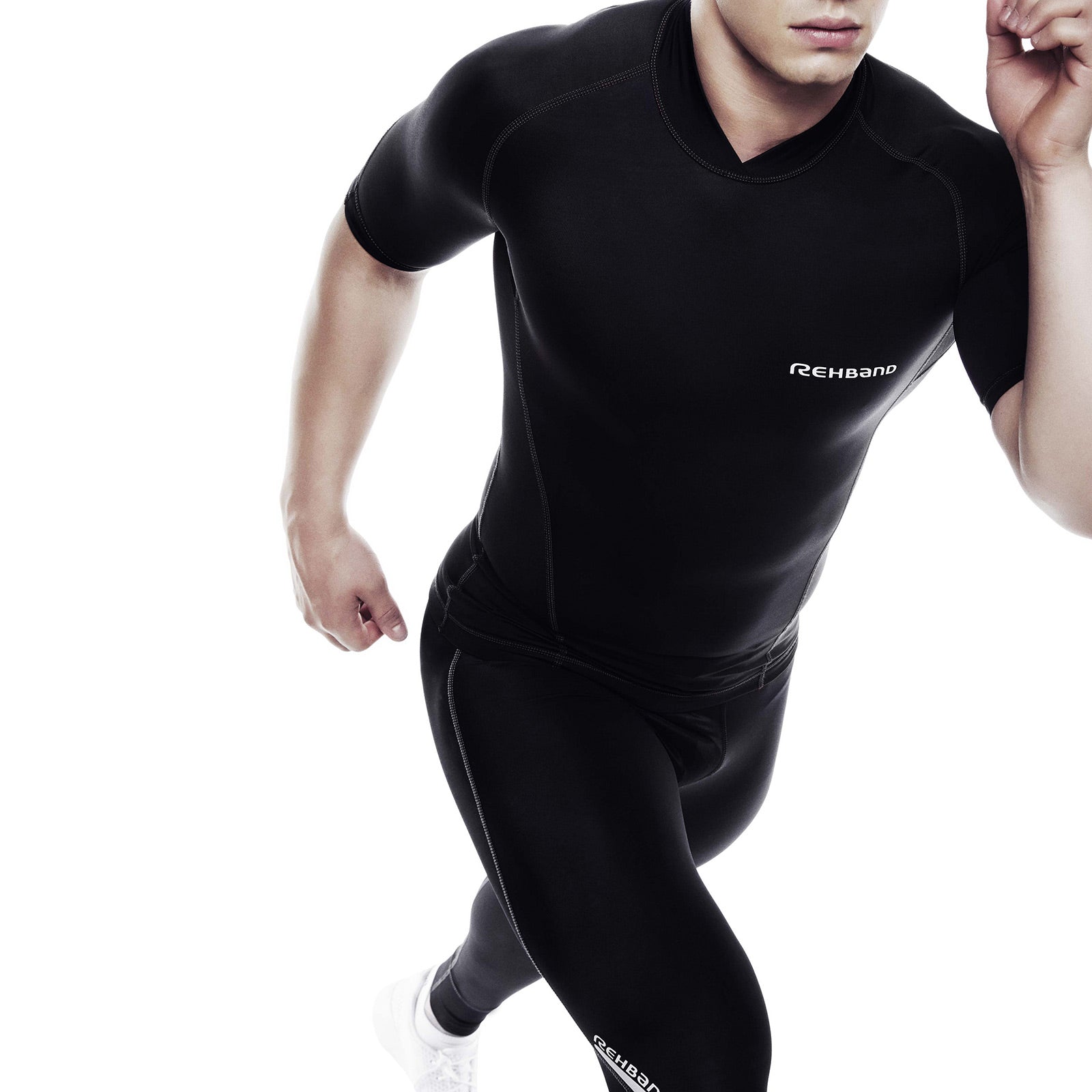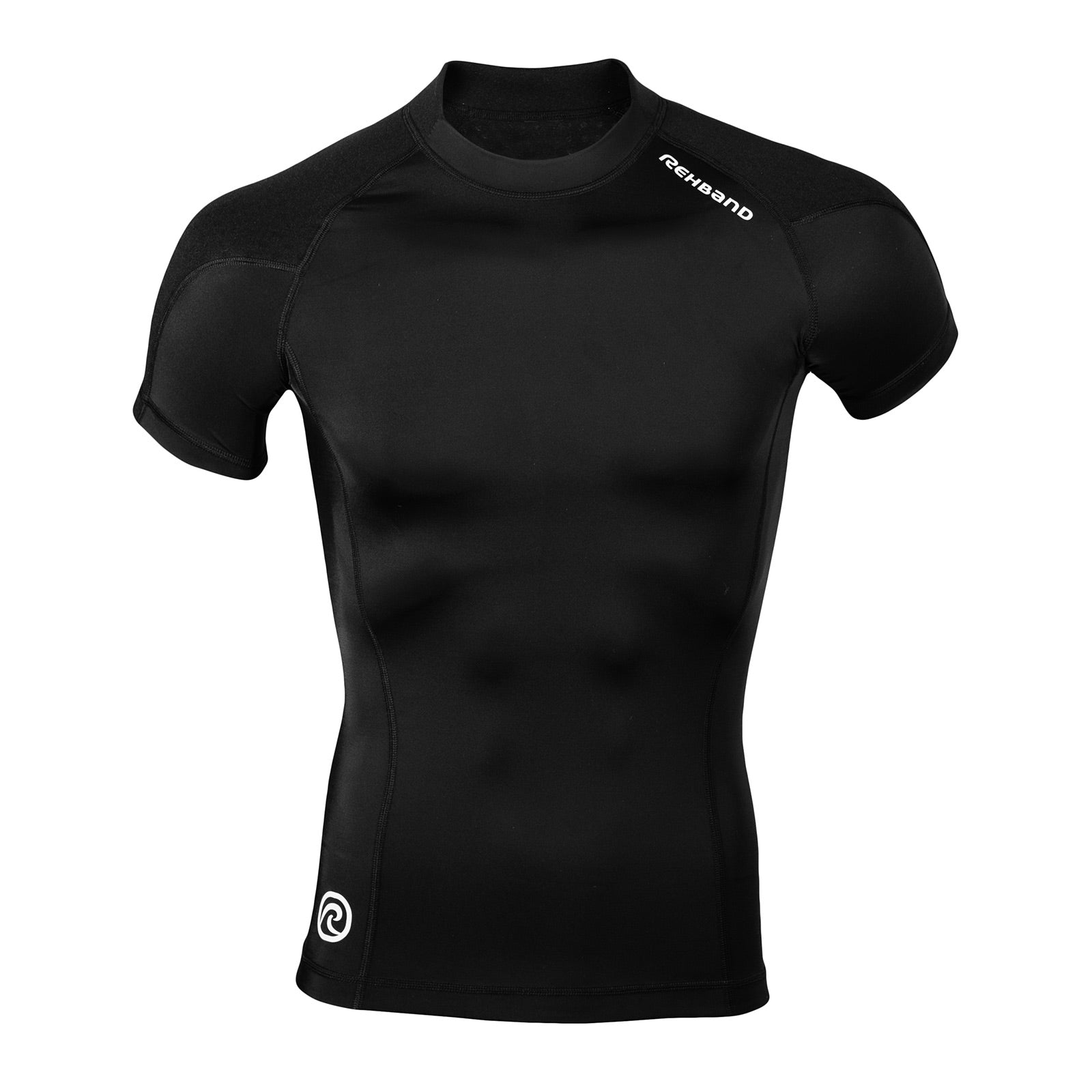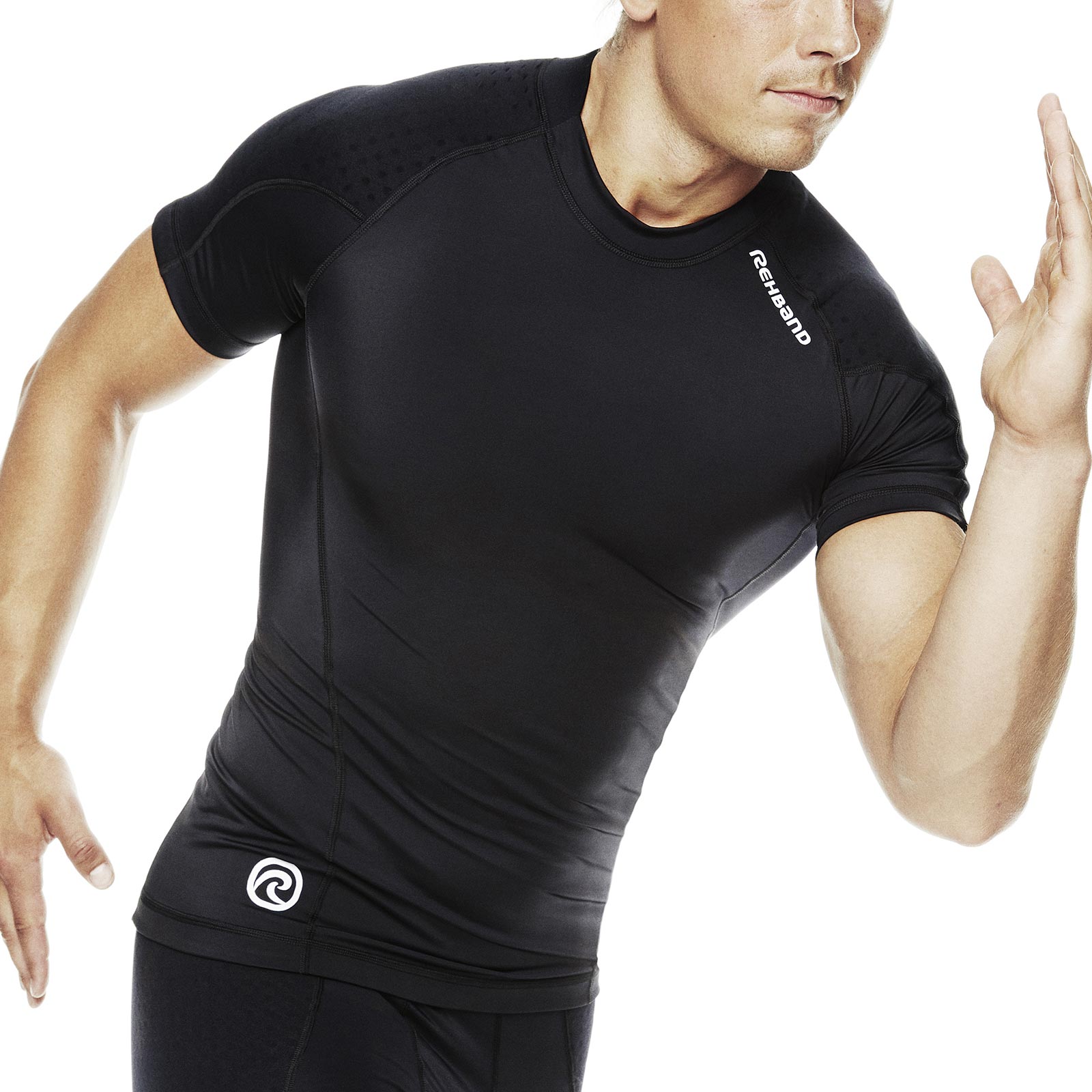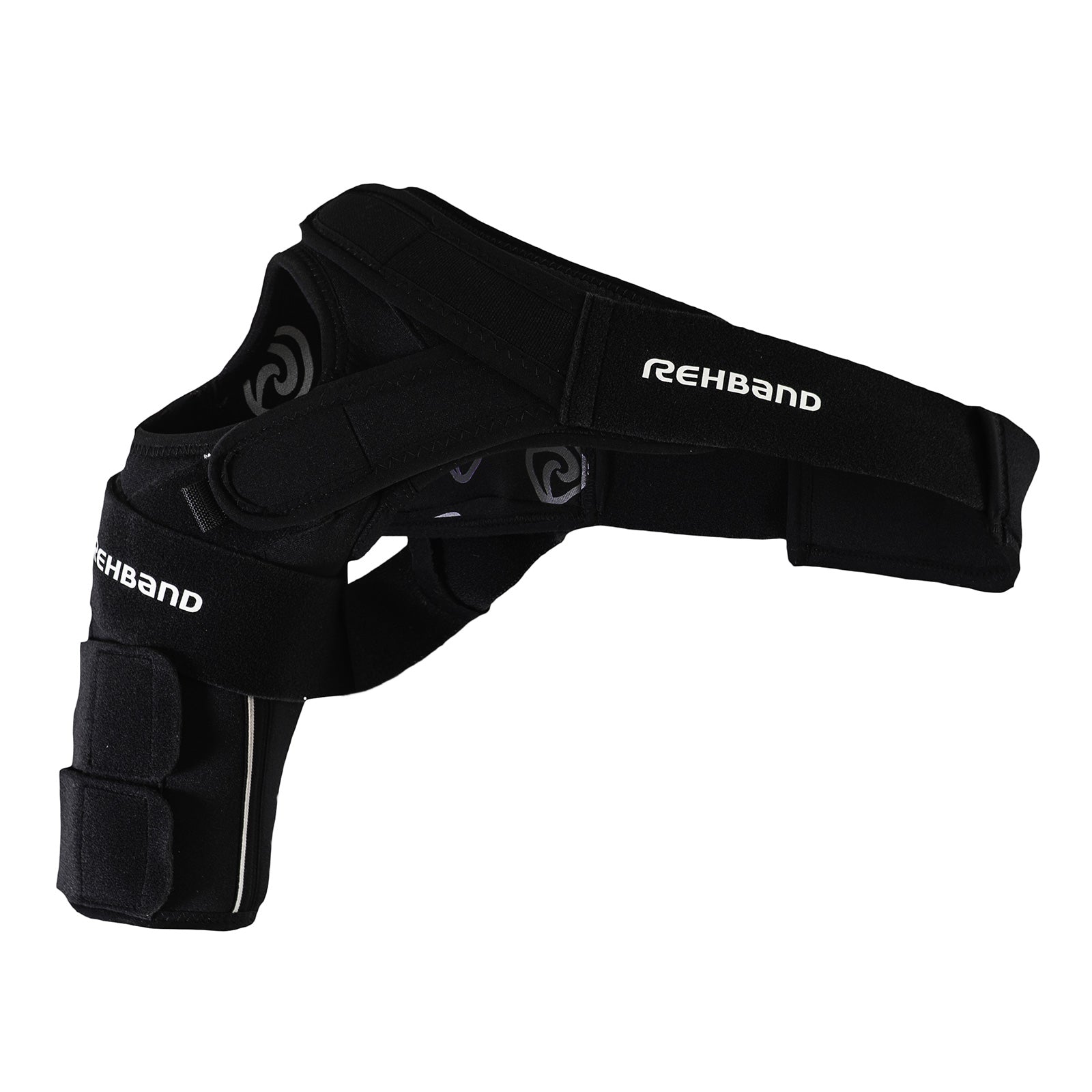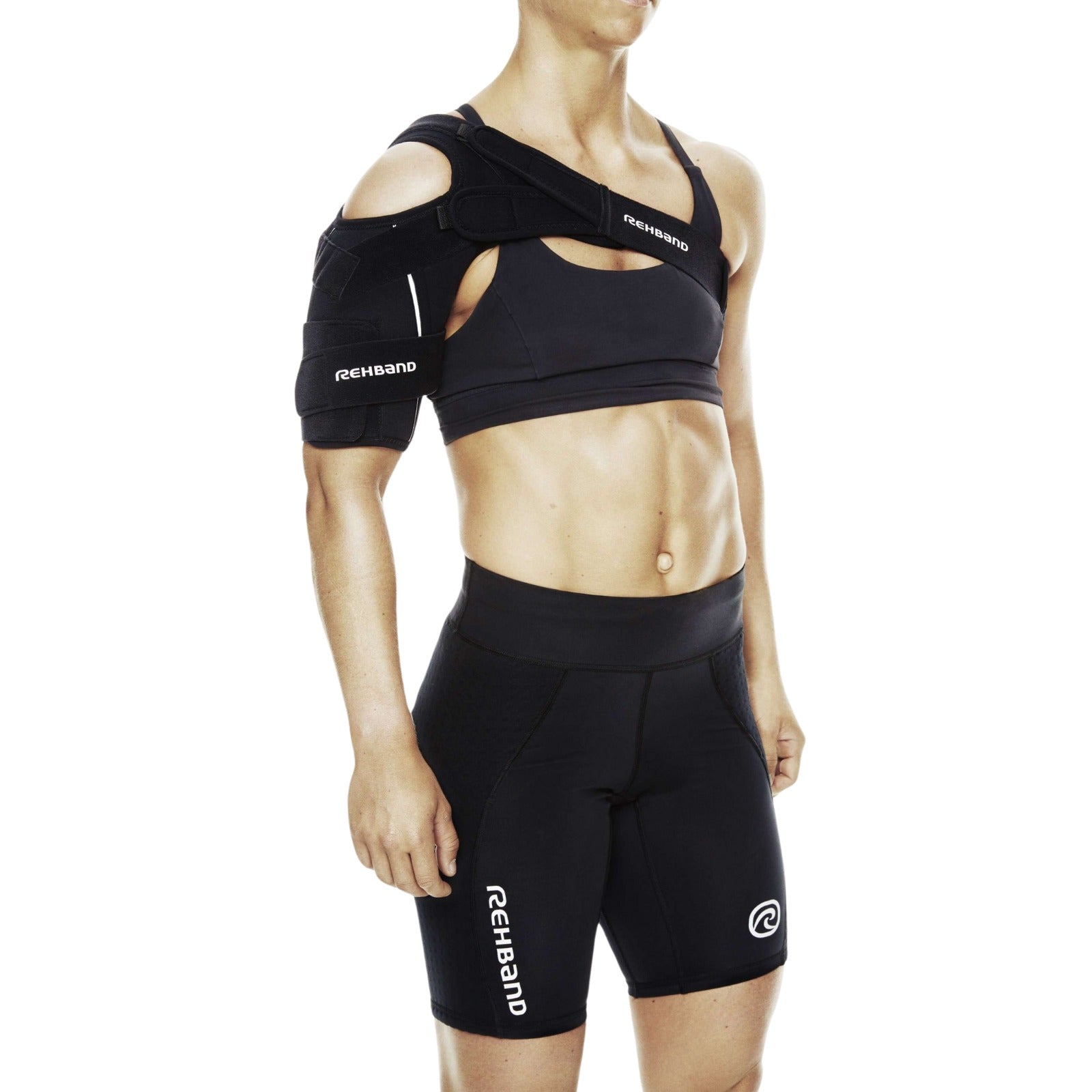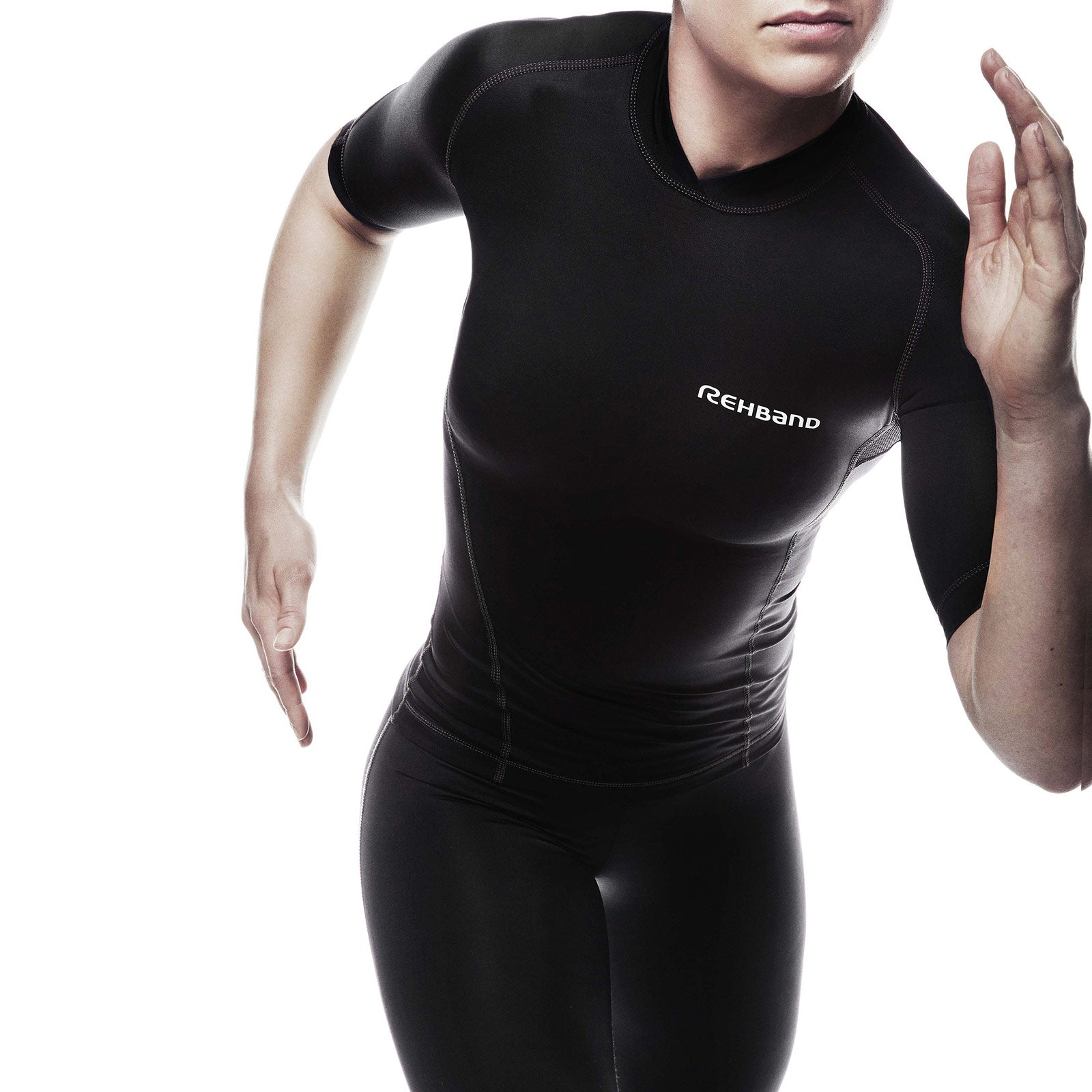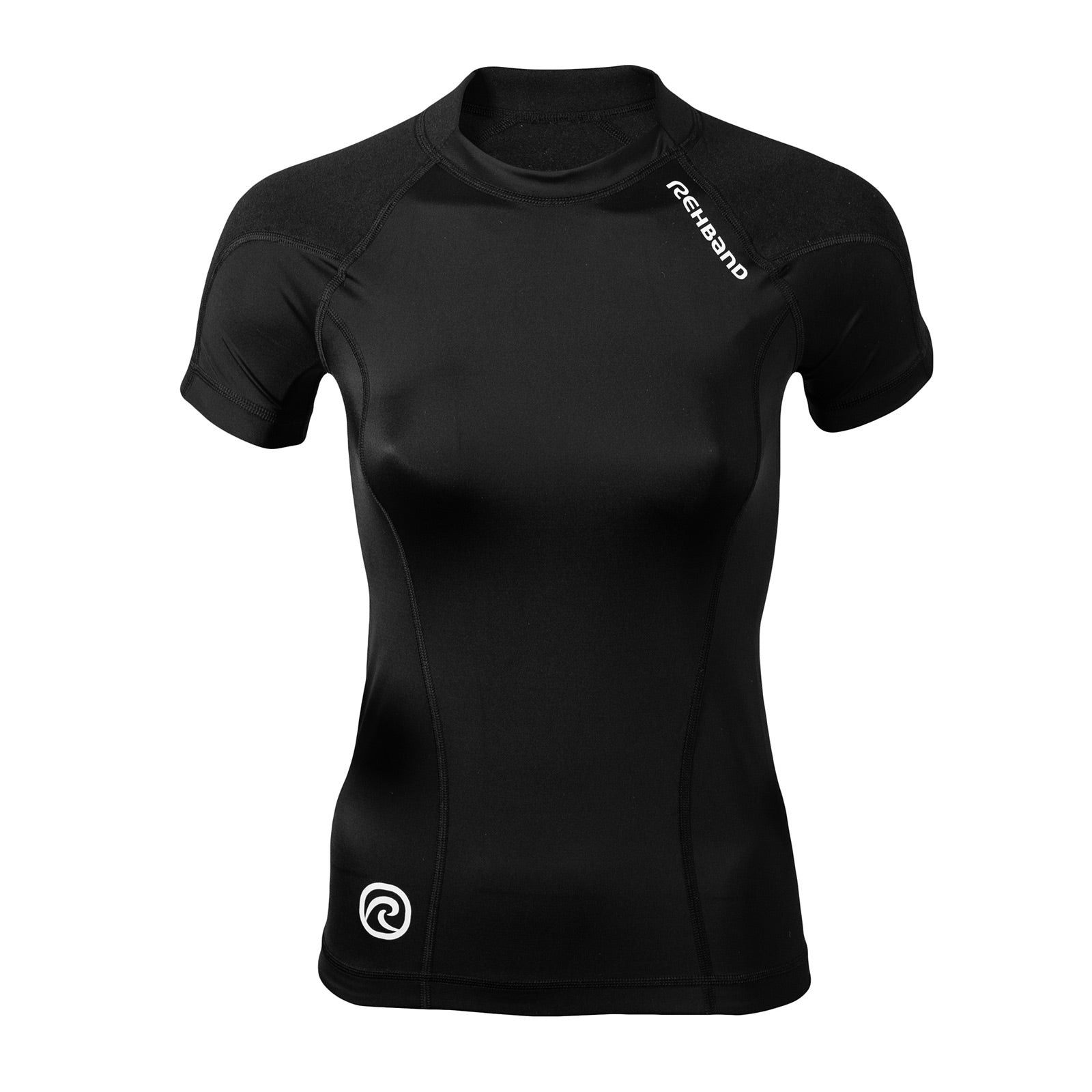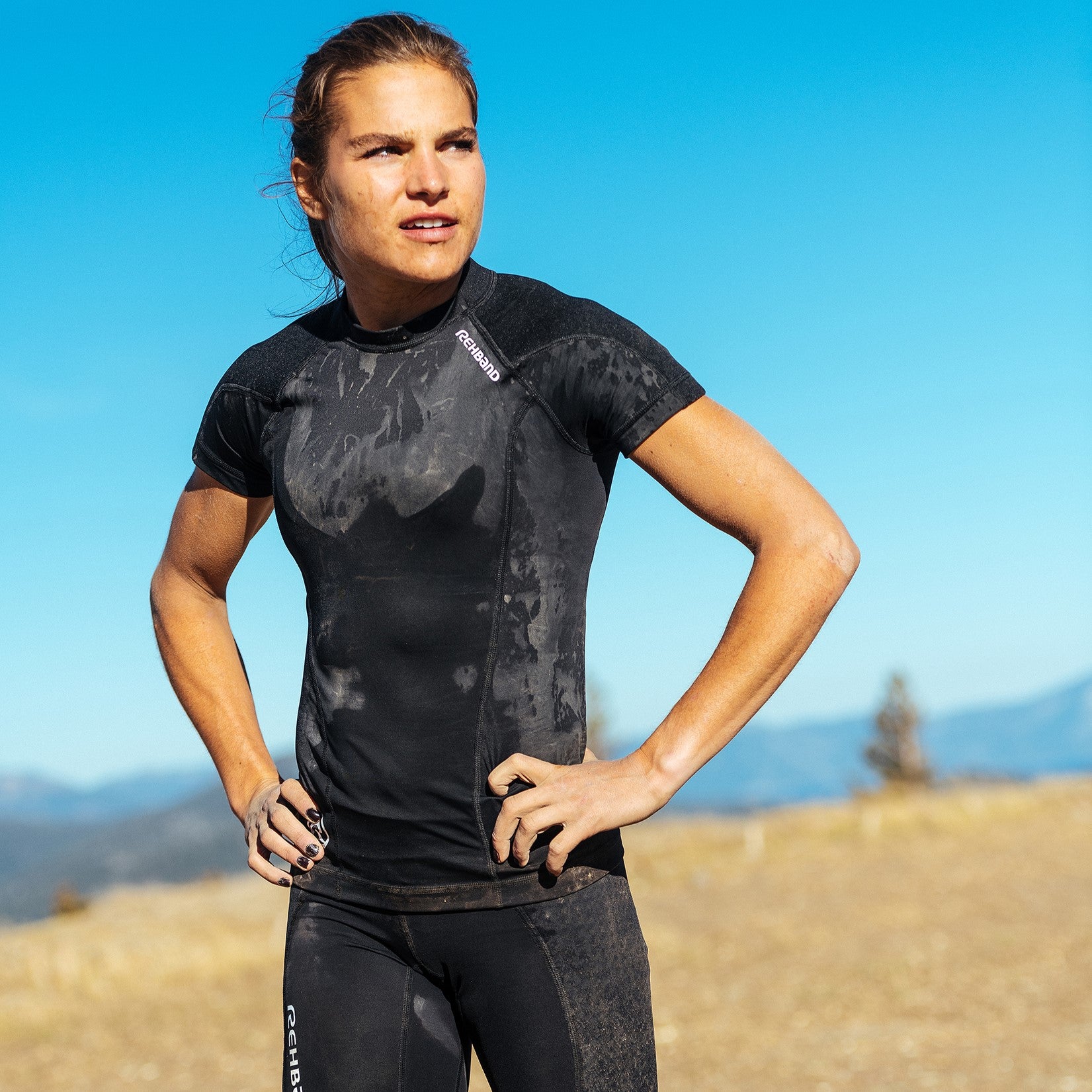Understanding Neck and Shoulder Pain: Causes and Impact on Sports
Muscular pain in the neck and shoulders is commonly experienced by people who engage in repetitive or prolonged one-sided tasks, like office workers, industrial workers, and hairdressers. Precision sports such as shooting also contribute to the strain on the neck and shoulder muscles. This pain typically arises from muscle tension or overuse, leading to inflammation and discomfort. In addition to physical strain, poor posture and ergonomics exacerbate the risk, leading to stiff and fatigued muscles. These injuries can also occur due to sudden movements or improper form during physical activity.
Neck and shoulder pain may arise from several different causes. One major factor is muscle strain, especially in muscles like the trapezius and levator scapulae, which connect the neck and shoulders. These muscles can become overworked or strained from static postures or repetitive movements. Injuries like cervical herniated discs or spondylosis can also contribute to radiating pain in both the neck and shoulder. A herniated disc may cause compression of the nerves, sending pain signals to the shoulders, while cervical spondylosis can lead to degenerative changes in the spine, contributing to discomfort. Other underlying causes may include thoracic outlet syndrome, brachial neuritis, and even shoulder osteoarthritis. Over time, these injuries can lead to persistent or recurring pain, negatively impacting an athlete’s performance or a worker's productivity.
Treatment and Prevention Strategies for Neck and Shoulder Pain
To effectively treat neck and shoulder pain, the first step is identifying the underlying cause. For muscle strain, rest, ice, and over-the-counter pain medications can provide initial relief. Physical therapy and specific exercises designed to strengthen the neck and shoulder muscles can also help in the recovery process. If the pain is due to a herniated disc or other spine-related issue, more specialized treatments, such as injections or even surgery, may be necessary. In addition, corrective posture and ergonomic adjustments are essential in preventing future injuries. Regular breaks and stretches are recommended for those in static work environments.

